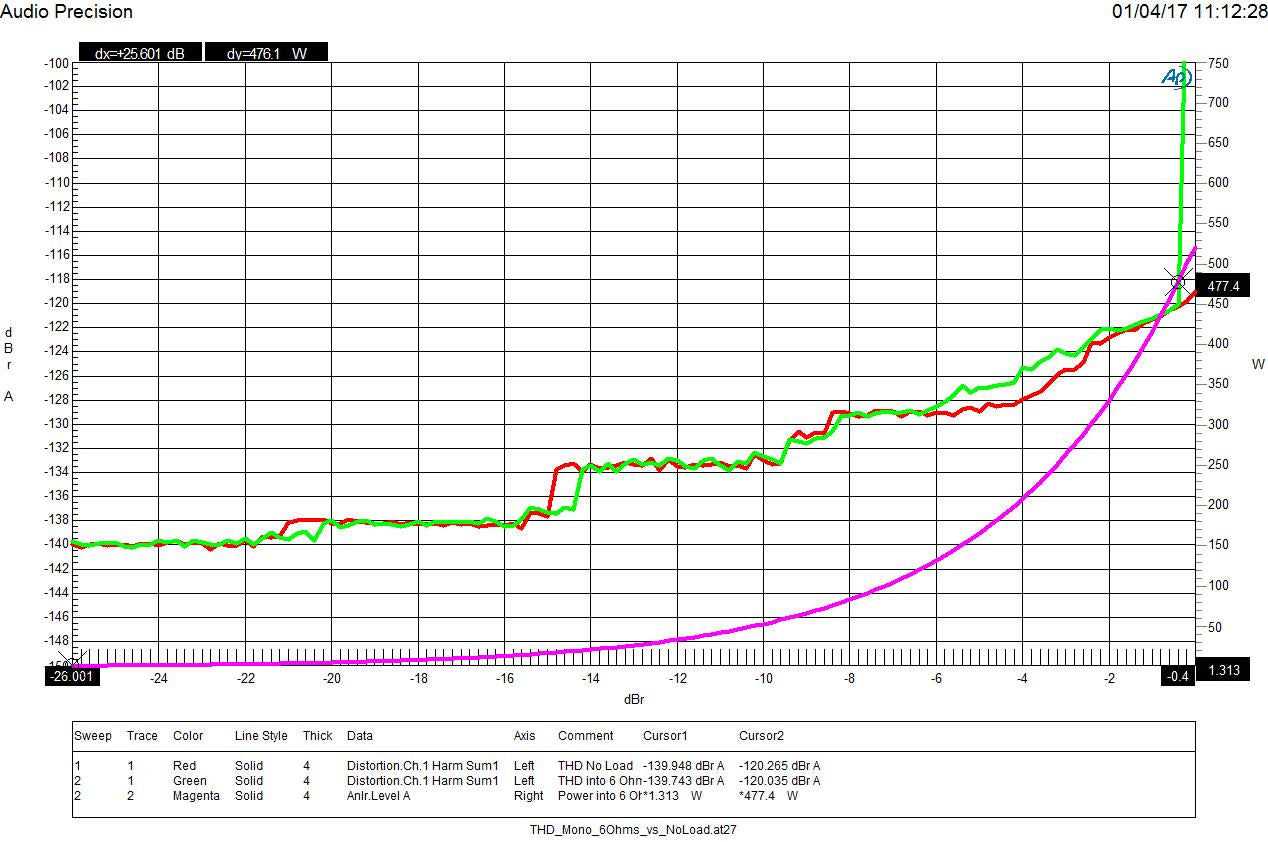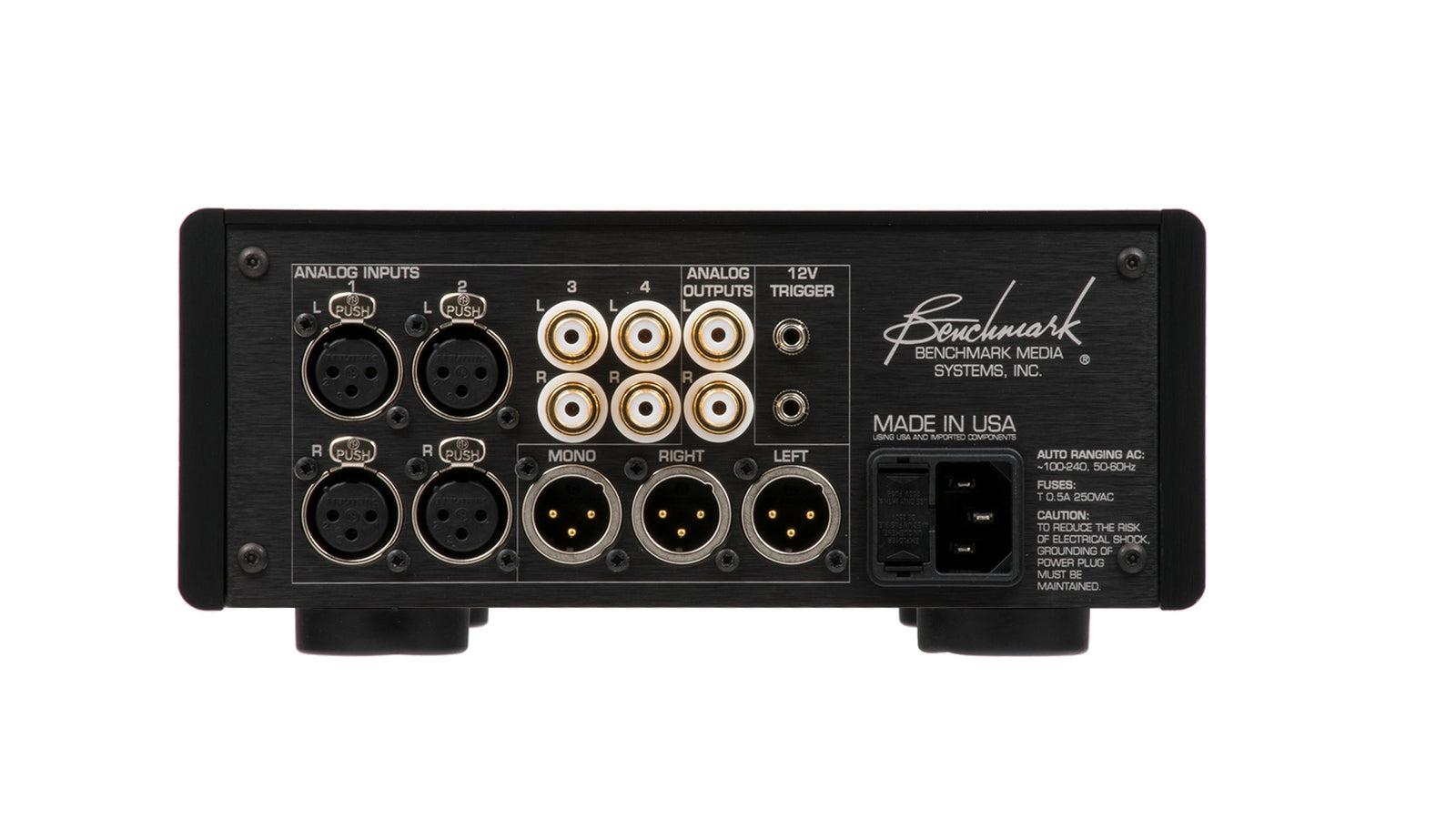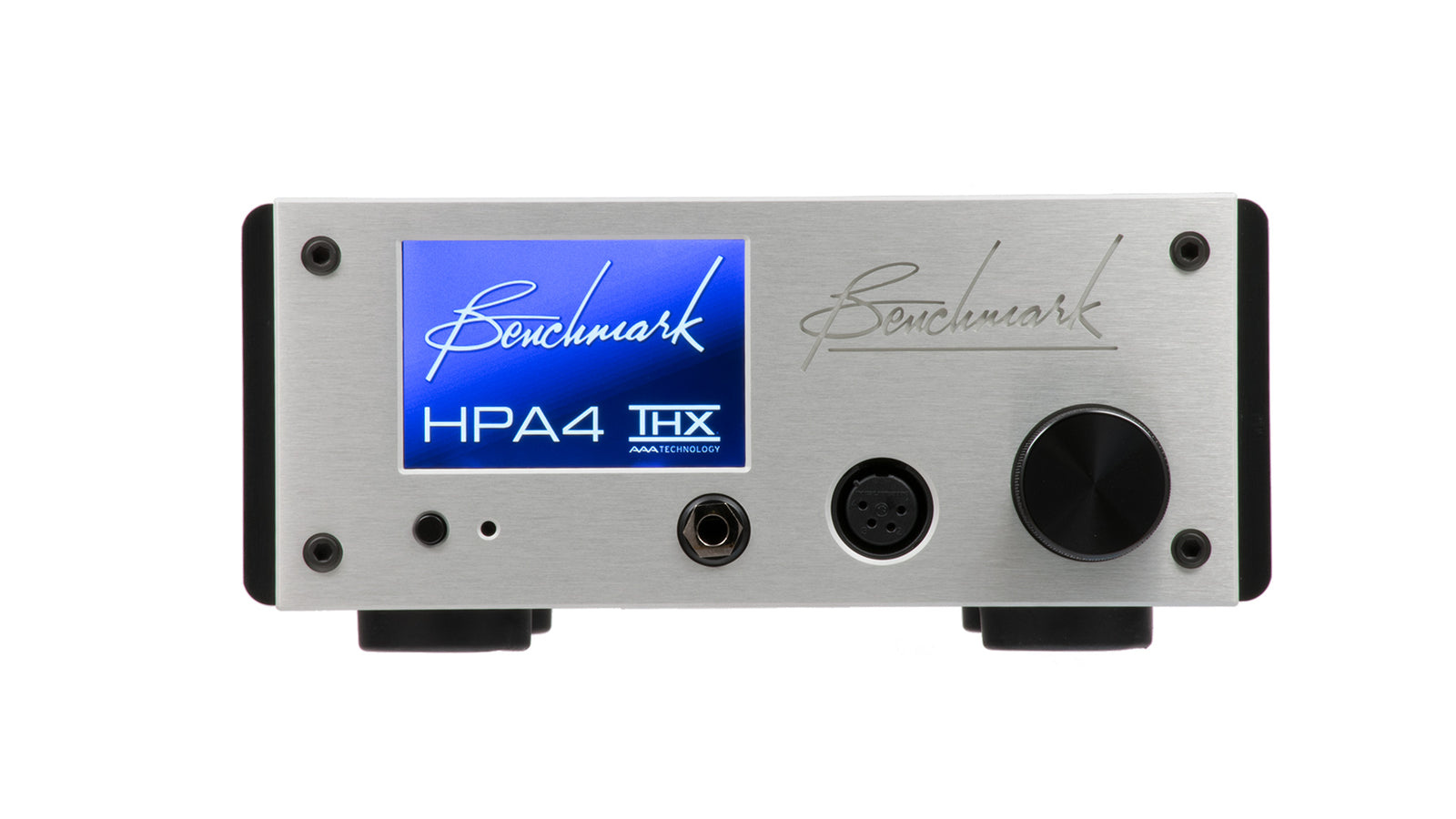Buy one component and save 10% on up to 2 cables. Buy 2 components and get 4 free cables. Free shipping on USA orders over $700. We are closed 1/1/26 and 1/2/26.
Buy one component and save 10% on up to 2 cables. Buy 2 components and get 4 free cables. Free shipping on USA orders over $700. We are closed 1/1/26 and 1/2/26.
Audio Application Notes
Feed-Forward Error Correction
by John Siau October 11, 2018
The Benchmark AHB2 power amplifier and HPA4 headphone amplifier both feature feed-forward error correction. This correction system is an important subset of the patented THX-AAA™ (Achromatic Audio Amplifier) technology. It is one of the systems that keeps these Benchmark amplifiers virtually distortion free when driving heavy loads. It is also the reason that these amplifiers can support 500 kHz bandwidths without risk of instability when driving reactive loads.
This paper explains the differences between feedback and feed-forward systems. As you read this paper, you will discover that you already understand the benefits of feed-forward correction because you use it instinctively to improve a feedback system commonly found in your automobile. If feed-forward correction can improve your driving experience, it may also improve your listening experience!
- John Siau
Balanced vs. Unbalanced Analog Interfaces
by John Siau April 23, 2018
If you look at the back of any Benchmark product, you will find balanced XLR analog-audio connectors. As a convenience, we also provide unbalanced RCA connectors on many of our products. In all cases, the balanced interfaces will provide better performance.
We build our unbalanced interfaces to the same high standards as our balanced interfaces, but the laws of physics dictate that the balanced interfaces will provide better noise performance.
This application note explains the advantages of balanced interfaces.
- John Siau
Relay-Controlled Volume - The Ultimate Solution for Analog Audio
by John Siau April 11, 2018
Benchmark has introduced a new analog-to-analog volume control circuit that features a 256-step relay-controlled attenuator and a 16-step relay-controlled boost amplifier. The volume control has a +15 dB to -122 dB range in 0.5 dB steps and is a key component in the HPA4 Headphone / Line Amplifier.
Our goal was to produce an analog-to-analog volume control with the highest achievable transparency. We wanted to be able to place this volume control in front of our AHB2 power amplifier or in front of our THX-888 headphone amplifier board without diminishing the performance of either device. Our volume control would need to have lower distortion and lower noise than either of these amplifiers. Given the extraordinary performance of these THX-AAA amplifiers, this would not be an easy task!
This application note discusses the engineering decisions that went into the development of this new analog volume control circuit. The end result is a fully buffered volume control with a signal-to-noise ratio that exceeds 135 dB. THD measures better than the -125 dB (0.00006%) limits of our test equipment.
- John Siau




